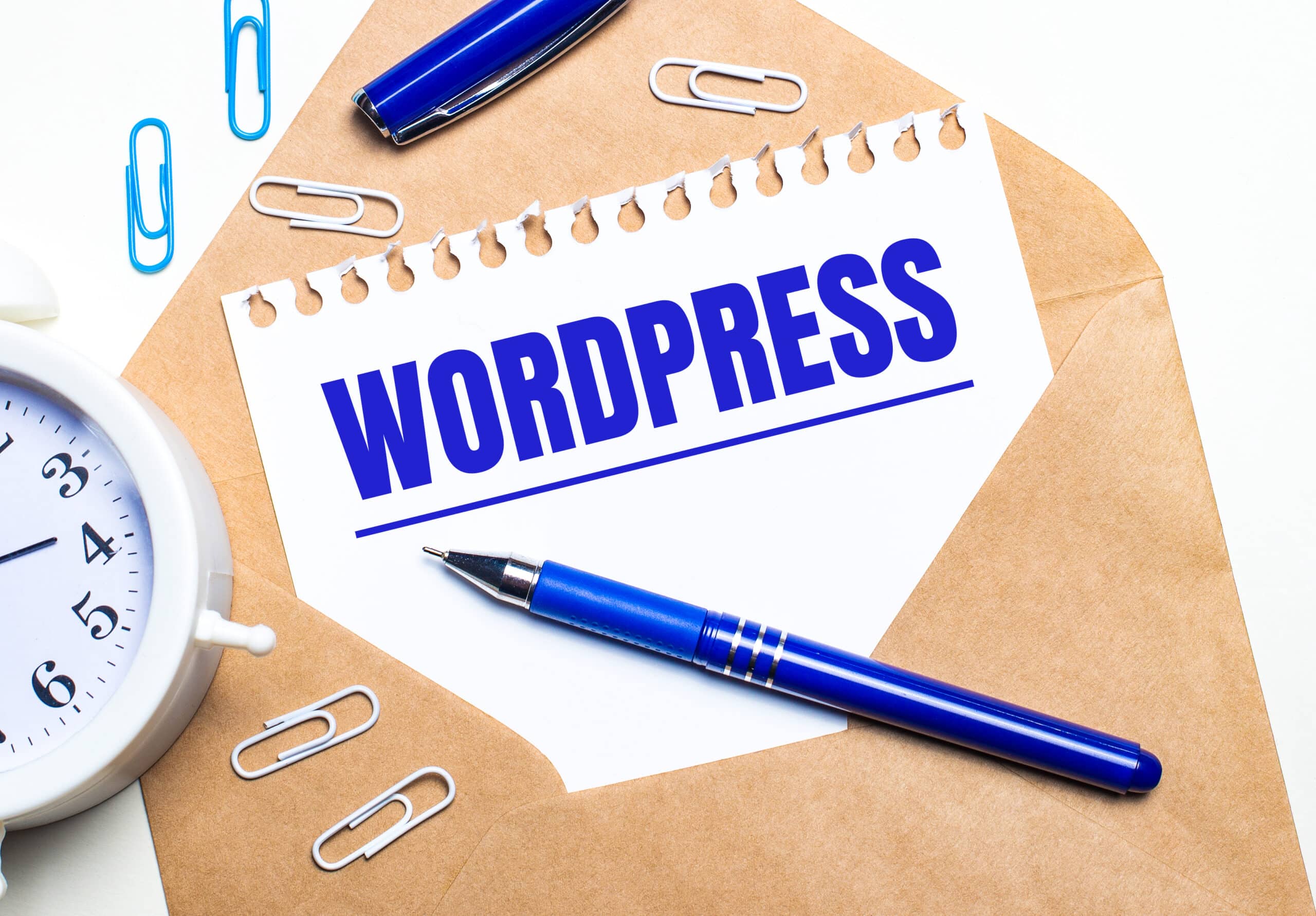We businesses aim to build a website that’s powerful yet flexible. It should be rich in features while driven by content. However, developers often face the challenge of creating a platform with dynamic features, management systems, complex data handling, and content management.
Have you heard about using Laravel with WordPress? Laravel offers flexibility and powerful backend capabilities while WordPress excels in user-friendly content management and a vast plugin ecosystem. So imagine integrating both – A world of possibilities that allows developers to build a website that is feature-rich, efficient, and manageable.
But with so many options available, why choose Laravel? And how do you integrate Laravel with WordPress? Curious to find out? Keep reading, and we’ll walk you through everything you need to know.
Table of Contents
Understanding Laravel and WordPress
Before moving into the benefits and integration process, it’s important to understand the basics of both Laravel and WordPress.
- Laravel is a PHP framework that develops custom web applications by providing a robust set of tools. With extensive libraries and clean syntax, it simplifies common tasks and allows the creation of feature-rich applications. Simply, with minimal effort, you can bring ideas to life with Laravel.
- WordPress is a leading content management system (CMS) that has evolved into a versatile platform for building any type of website. With extensive themes, powerful plugins, and endless customization options, it is used to create and manage content efficiently.
Benefits of using Laravel with WordPress
While both are powerful platforms that excel in their respective domains, integrating Laravel’s backend capabilities with WordPress content management, offers remarkable benefits.
Advanced Security: According to a survey by BuiltWith, 743,470 websites are powered by Laravel. Your website can also be one among them and benefit from Laravel’s security features. While WordPress often requires additional plugins to enhance website protection, Laravel comes with built-in security features including CSRF protection, XSS protection, password hashing, and more.
Optimized Performance: Laravel utilizes advanced features like route caching, data handling, and query optimization. This allows us to process requests quickly and handle high-traffic volumes. Also, your WordPress site can achieve faster load times, while Laravel’s lightweight framework helps minimize resource consumption to run smoothly even during peak traffic.
Specialized Functionality: If you are struggling to implement customized functions in WordPress, simplify the process with Laravel. You can create custom dashboards and interfaces according to your business needs.
How to integrate Laravel using WordPress?

You can integrate Laravel with WordPress through several methods, depending on your project requirements and the level of integration desired. Here are some of the 2 most common approaches.
1. Using WordPress Pete Plugin
WordPress Pete is built to function like a plugin and you can use this way to easily integrate WordPress and Laravel.
The first step is to install the Pete plugin on your WordPress site, which serves as a connector between the two systems. Once the plugin is active, it allows WordPress to expose data, such as posts, users, and comments, through a RESTful API. This enables your Laravel application to fetch, create, update, and delete WordPress content, thereby merging the two platforms.
Perform HTTP requests to the endpoints provided by the Pete plugin to interact with WordPress data. This is commonly done using Laravel’s built-in HTTP client, which allows you to handle WordPress data as if it were a native Laravel resource. To manage the interactions and implement features like displaying WordPress posts in your Laravel views or creating new posts from your Laravel application, you can set up routes and controllers in Laravel. This integration not only helps development but also enhances user experience by combining the content management capabilities of WordPress with the powerful backend functionalities of Laravel.
2. Using WordPress Corcel
Corcel is a package where you can work with WordPress content directly within your Laravel application. It enables you to access WordPress data in a Laravel-friendly way.
To get started, you first need to install Corcel using Composer and then in your Laravel application, configure the database settings to connect to your WordPress database. This configuration allows you to access WordPress data, including posts, pages, and custom post kinds, such as Eloquent models within Laravel, simplifying data retrieval and manipulation.
Once you establish integration, you can use the features of Laravel to enhance the functionality of the applications. For example, you can use Eloquent queries to retrieve WordPress content and display it in your Laravel views, or create new posts and manage categories from Laravel.
You can utilize Laravel’s powerful controllers, routing, and middleware as Corcel offers a straightforward interface to interact with WordPress. This simplified the development process while enhancing the user experience by allowing easy access to WordPress content within a Laravel framework.
Reach out to WP Enchant

Integrating WordPress with Laravel can be complex and requires a comprehensive understanding of both platforms. You may opt to tackle this integration on your own, depending on your technical skills.
But given the complexity, reaching out to a WP Enchant can be a wise choice, where we can provide the necessary expertise and deliver robust and efficient solutions.
If you decide to not integrate on your own, consider WP Enchant for assistance and get the work done at its best. With a diverse team of dedicated professionals to support WordPress websites, we offer services to help you integrate WordPress with Laravel effectively.
FAQs
Can I integrate Laravel and WordPress?
Yes, you can integrate Laravel and WordPress to take advantage of Laravel’s backend capabilities while utilizing WordPress’s content management system. Through this, you can create customized web applications.
Why choose Laravel with WordPress?
Integrating Laravel with WordPress allows for enhanced security, custom functionality, increased speed, and performance.
How can I integrate Laravel with WordPress?
Integration can be achieved through methods like using plugins like Pete or WordPress Corcel to bridge the two platforms.
Do I need coding skills to integrate Laravel with WordPress?
While having basic coding knowledge is beneficial, you can hire a developer for more complex integrations if you’re not comfortable with coding.








